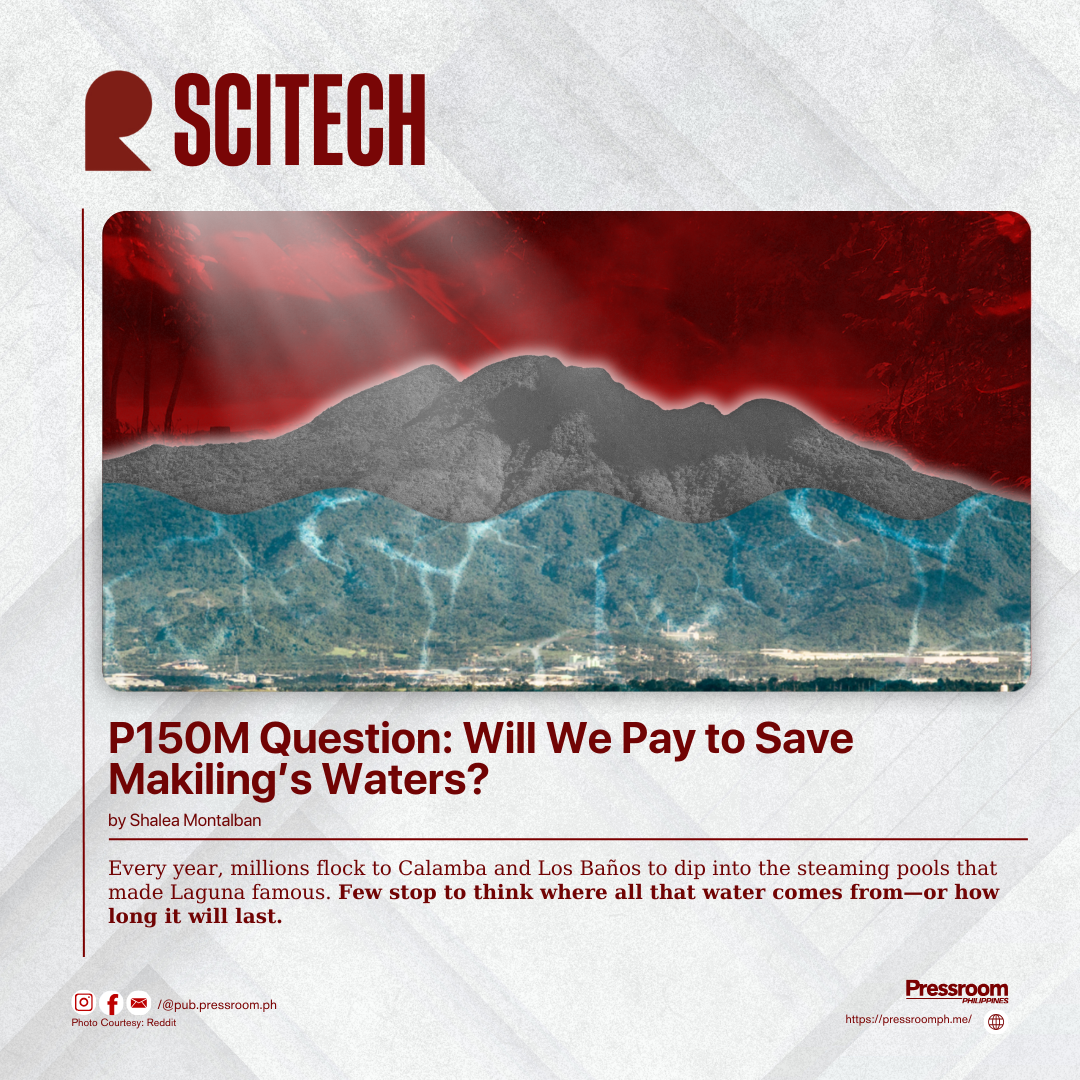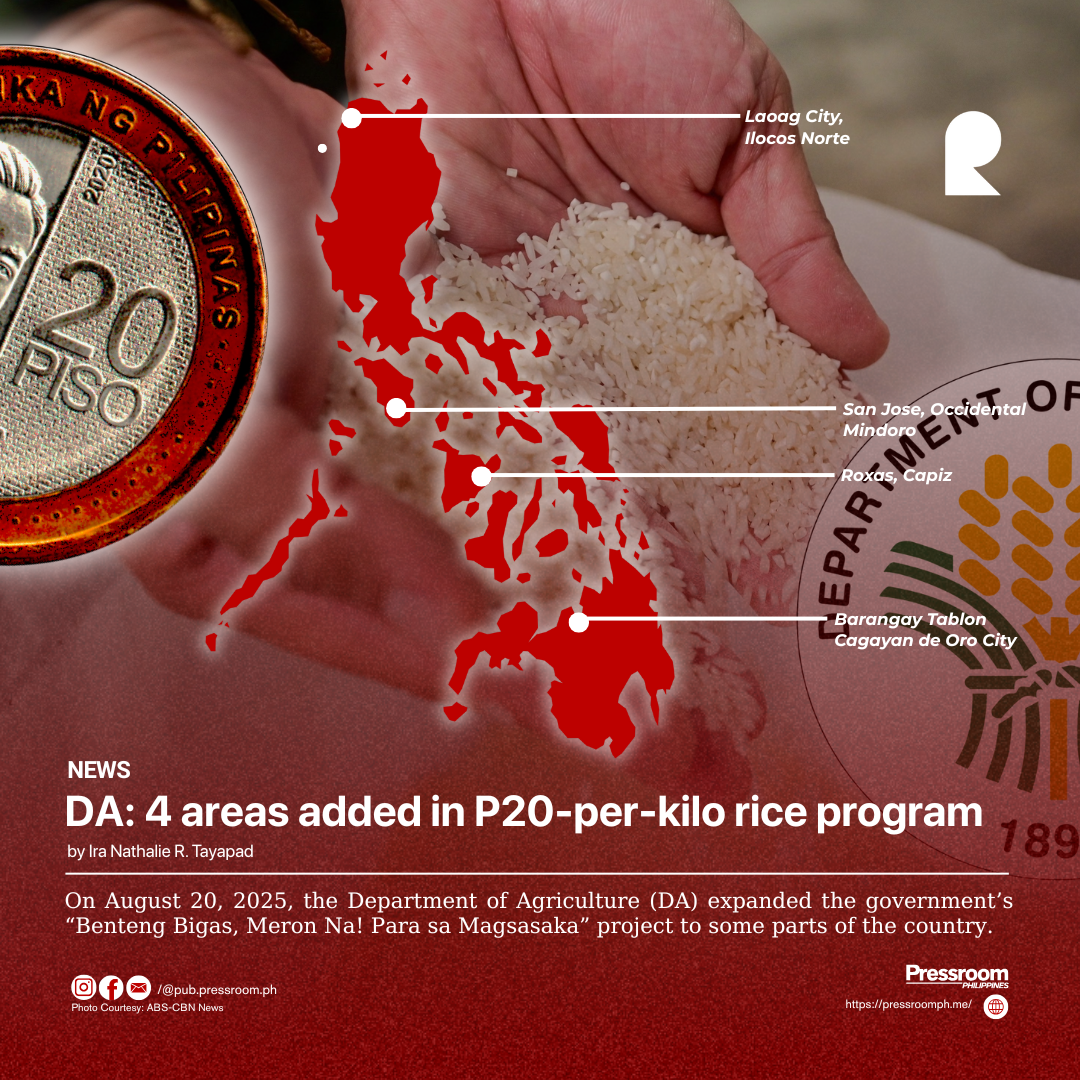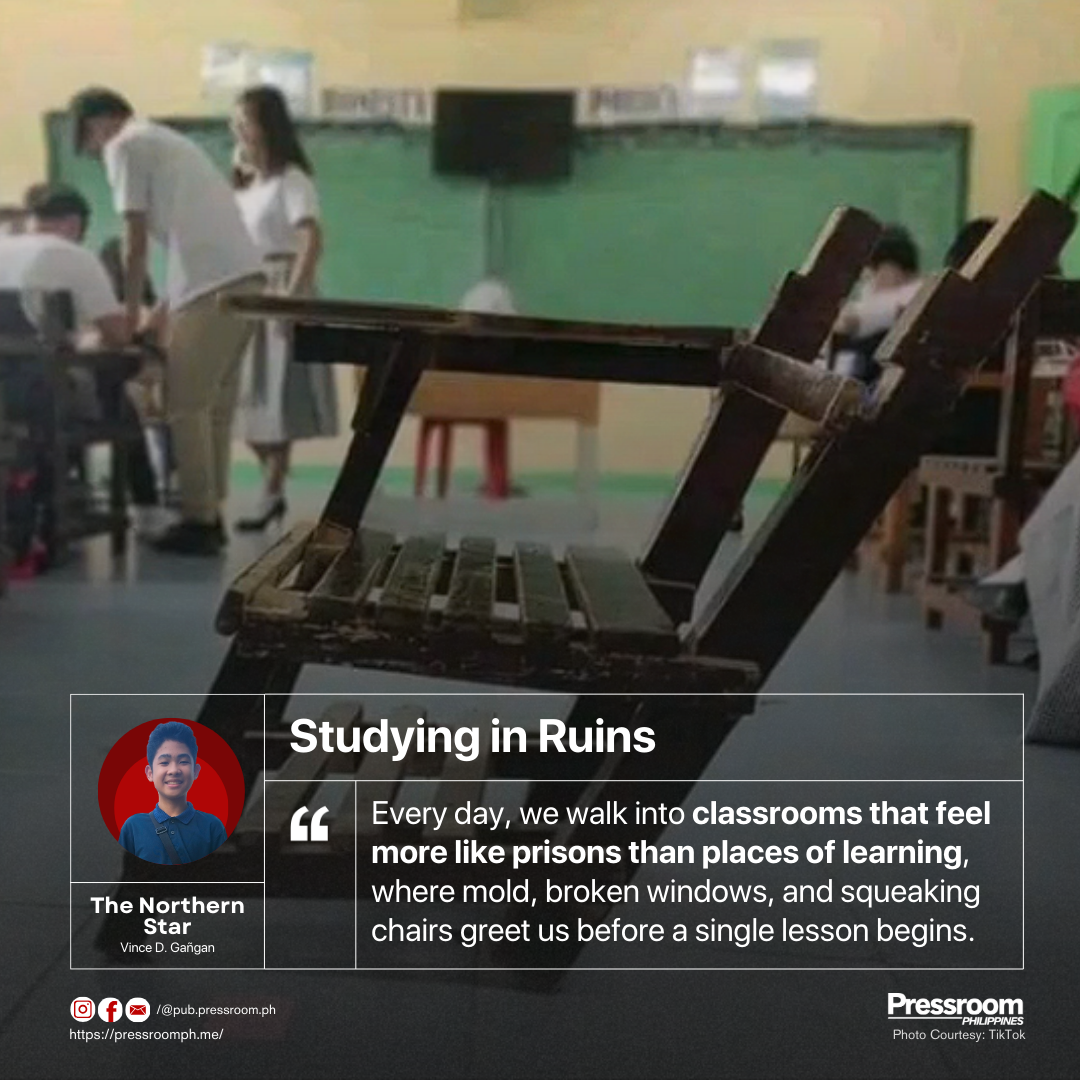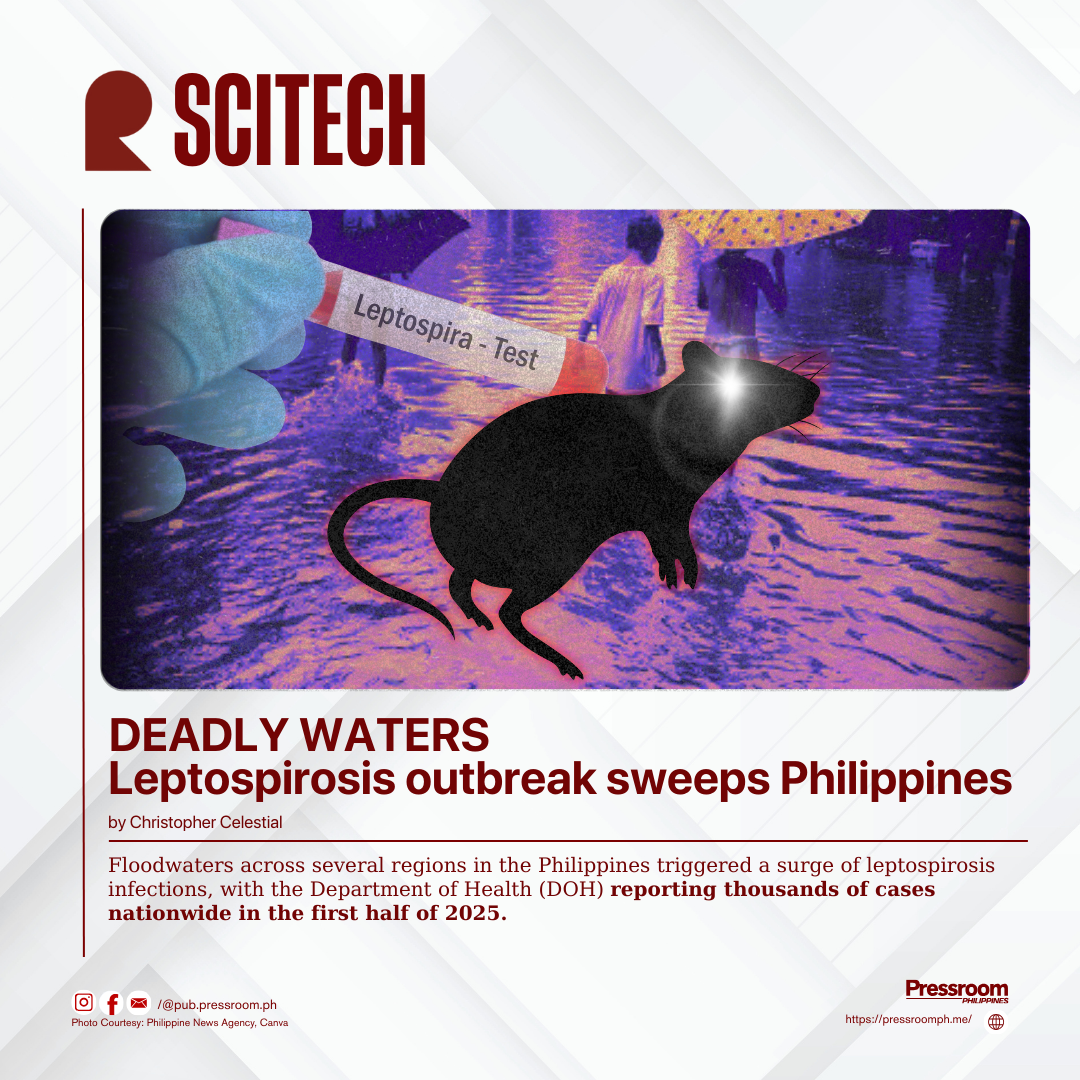Every year, millions flock to Calamba and Los Baños to dip into the steaming pools that made Laguna famous. Few stop to think where all that water comes from—or how long it will last.
A study from the University of the Philippines–Los Baños lays it out clearly: if each tourist paid an extra P75 as an environmental fee, resorts could raise up to P159.2 million annually. Half would go to maintaining pool water quality. The other half would fund the conservation of Mt. Makiling—the very mountain feeding the hot springs that sustain this industry.
It sounds simple, but it exposes a hard truth. Resorts today pump groundwater without paying for the volume they consume. It’s cheaper than sourcing water from local districts, so they keep extracting. The result? A resource treated as free, yet one that may take decades—or centuries—to replenish.
This is where tourism turns from blessing to burden. Wastewater dumped into streets, minimal recycling, and careless overuse show how fragile Makiling’s waters really are. If left unchecked, the same industry that thrives on the mountain’s generosity could also drain it dry.
The choice now falls on local leaders. Will Calamba and Los Baños pass ordinances to institutionalize this environmental fee, or will they keep delaying until it’s too late? P75 is not much to ask from a tourist. But without it—and without political will—the cost we face is far greater: the slow death of a resource that sustains both livelihoods and life.
Mt. Makiling is not just a backdrop to leisure. It is a lifeblood. Protecting it is not charity; it is responsibility. And responsibility, like water, is something we cannot afford to run out of.






